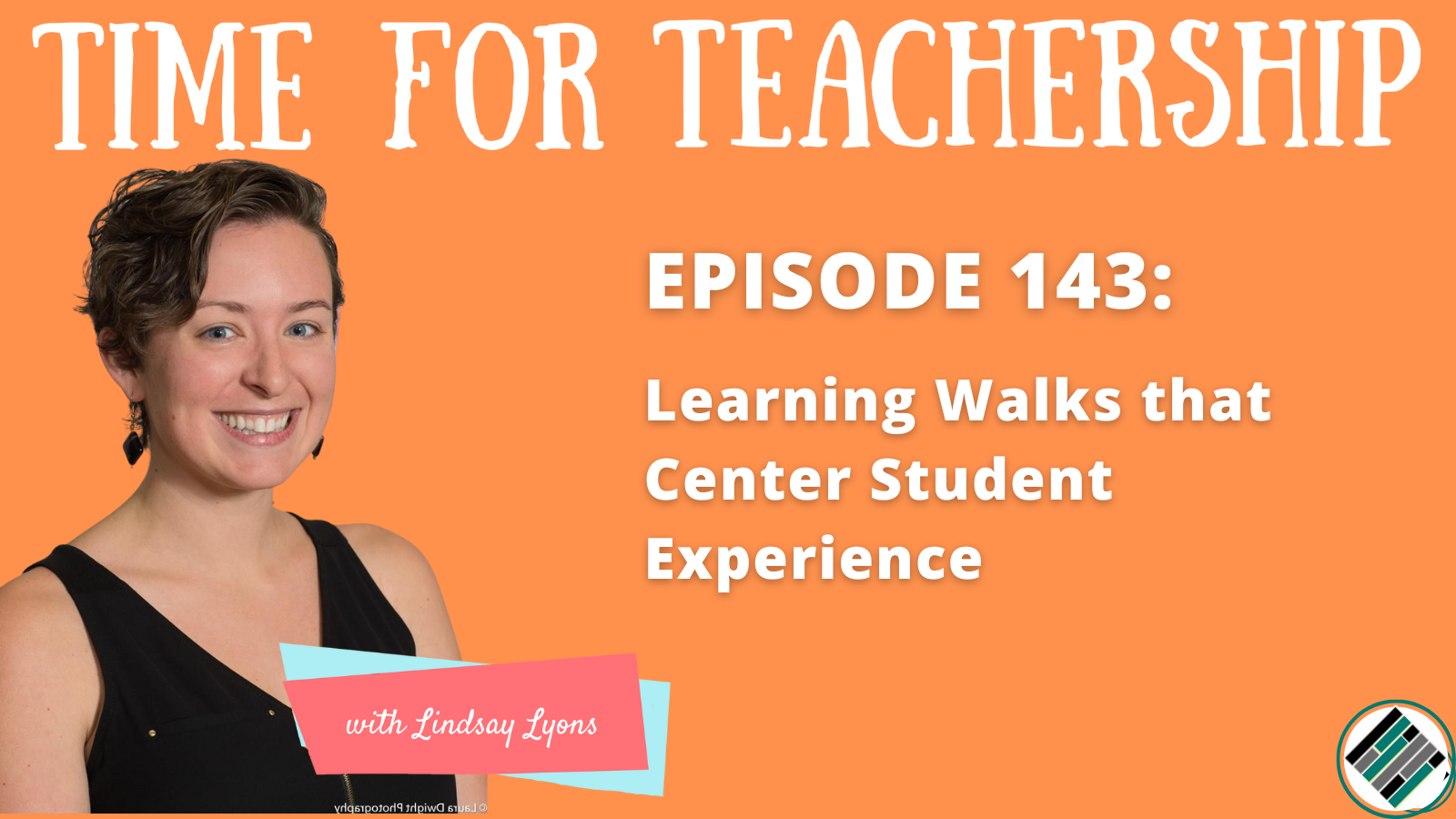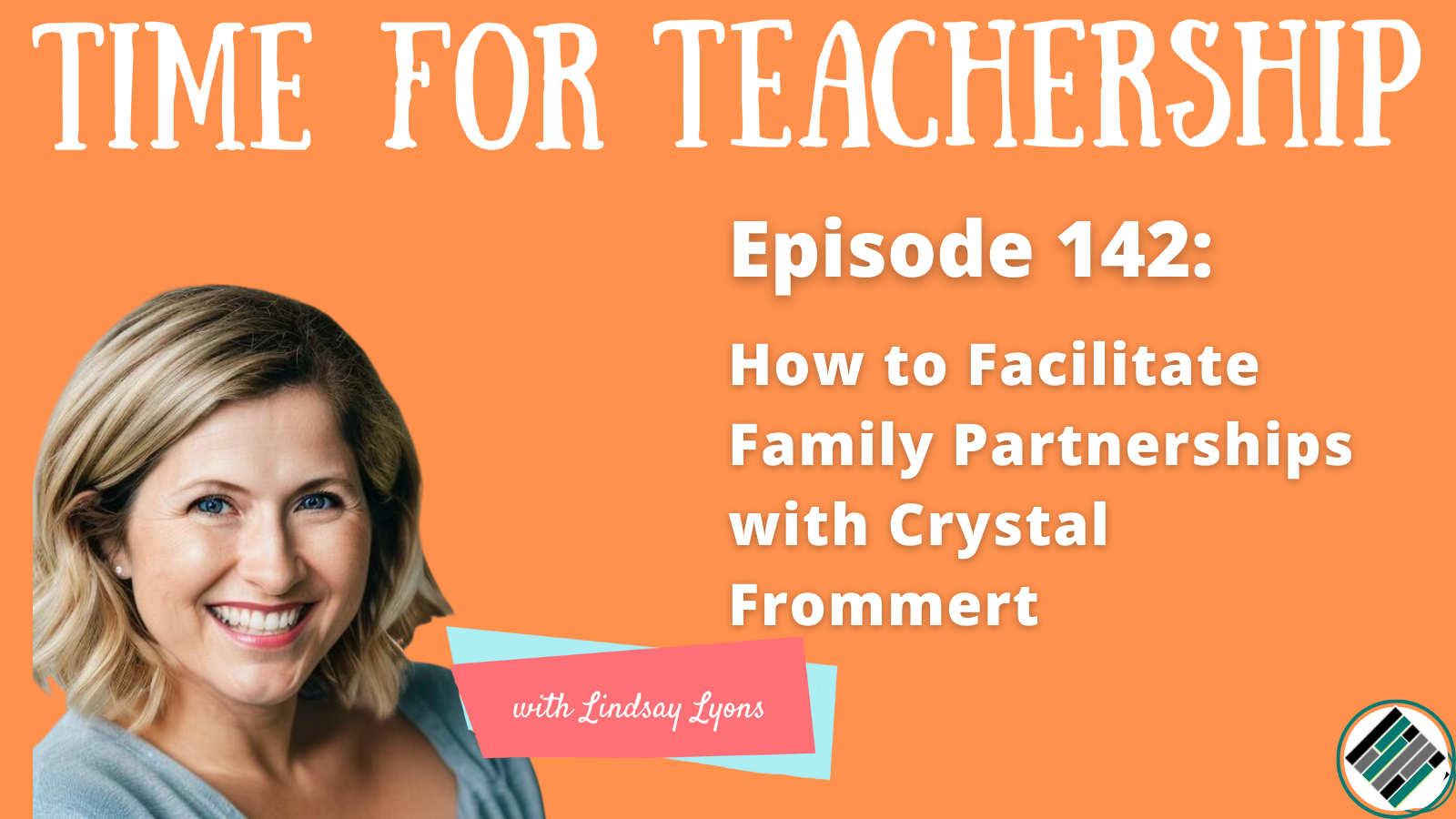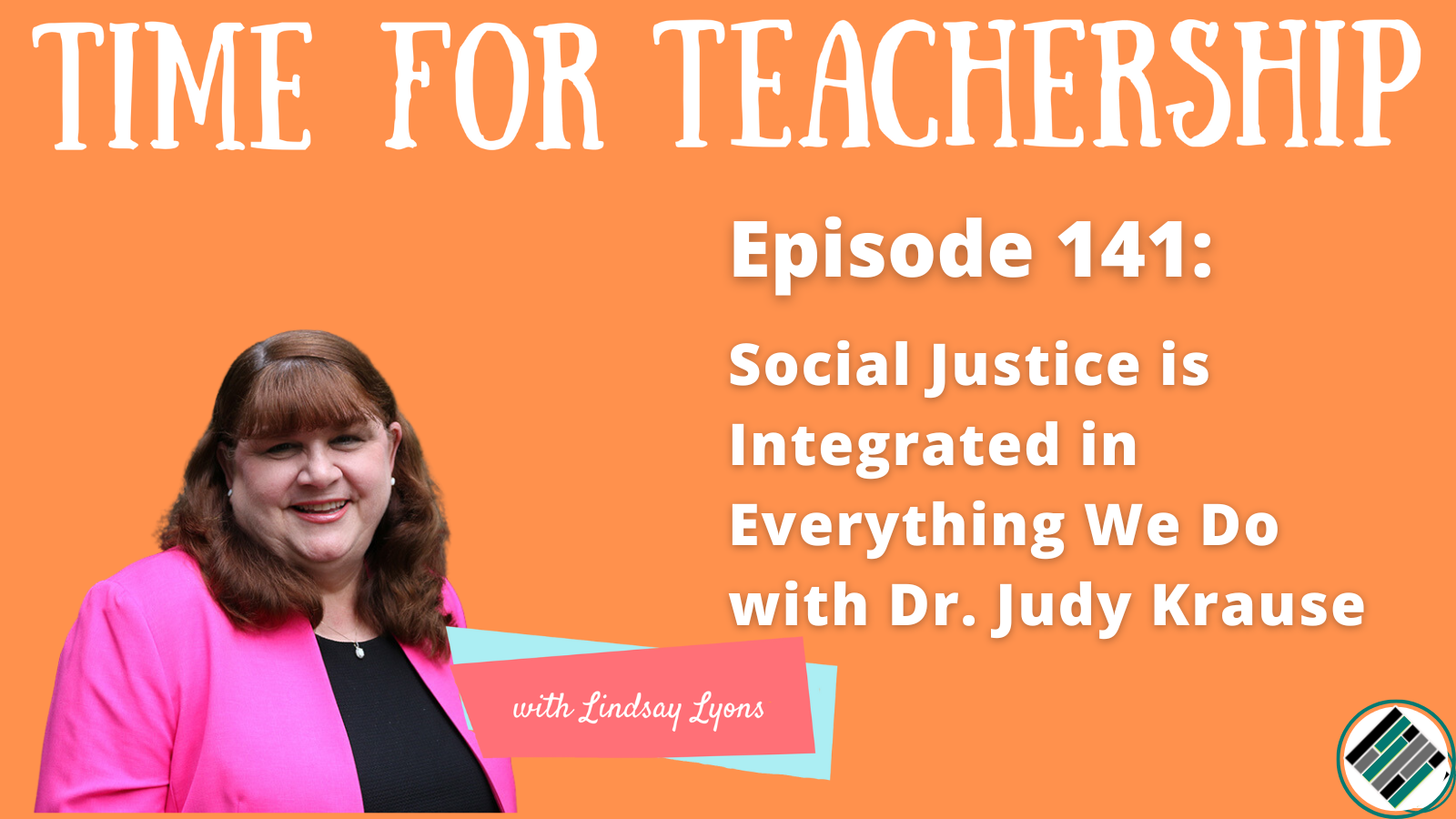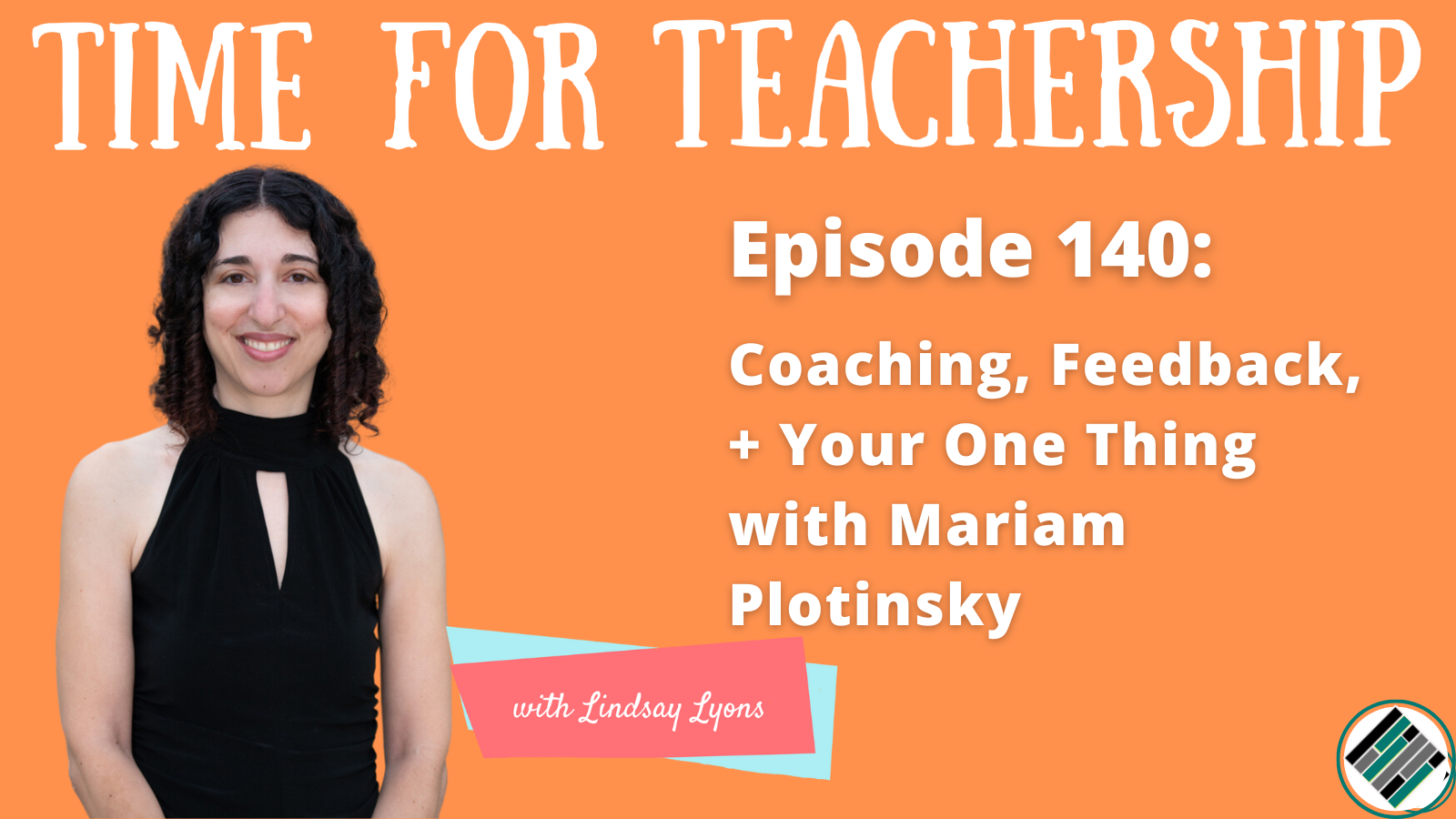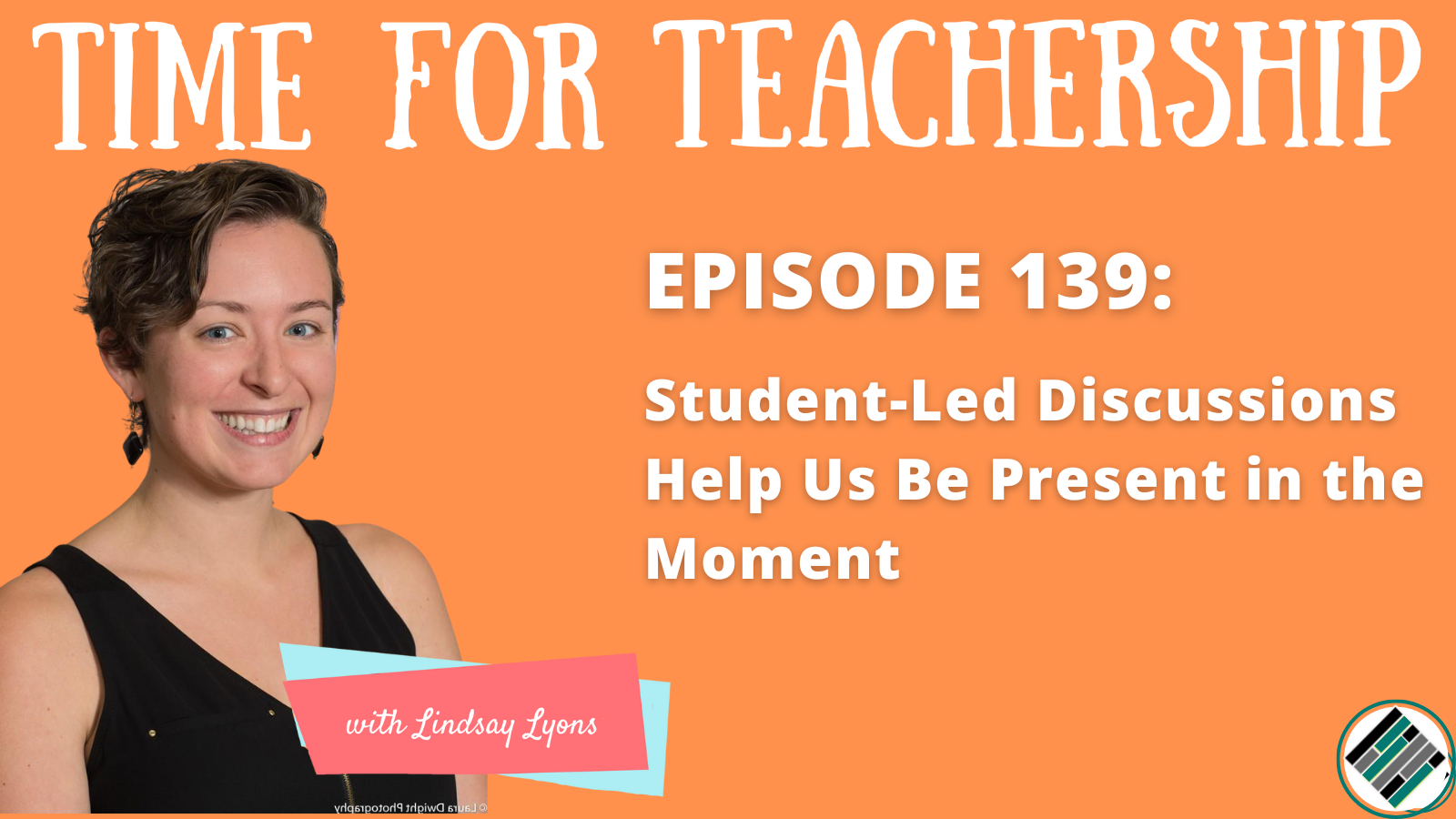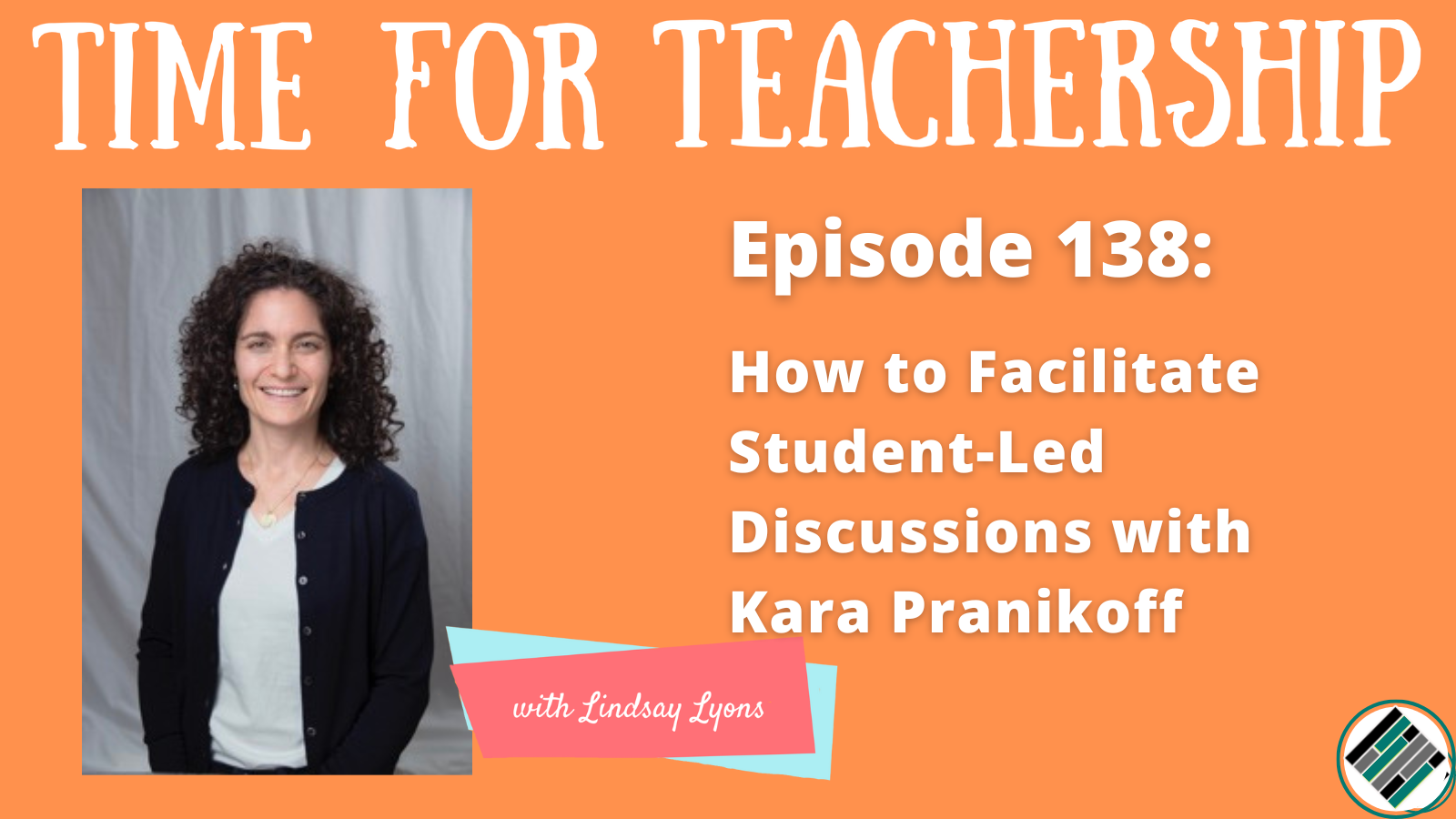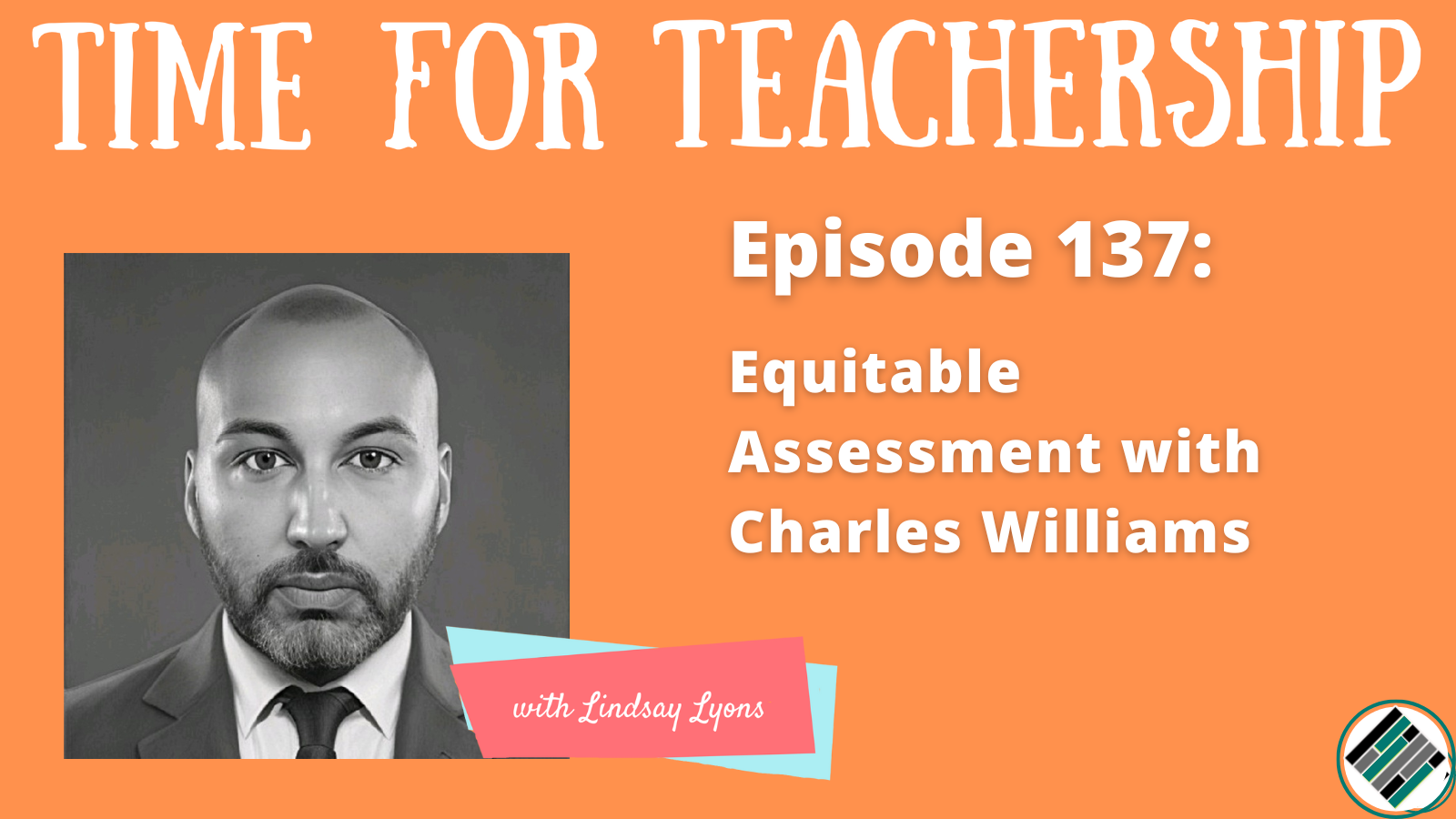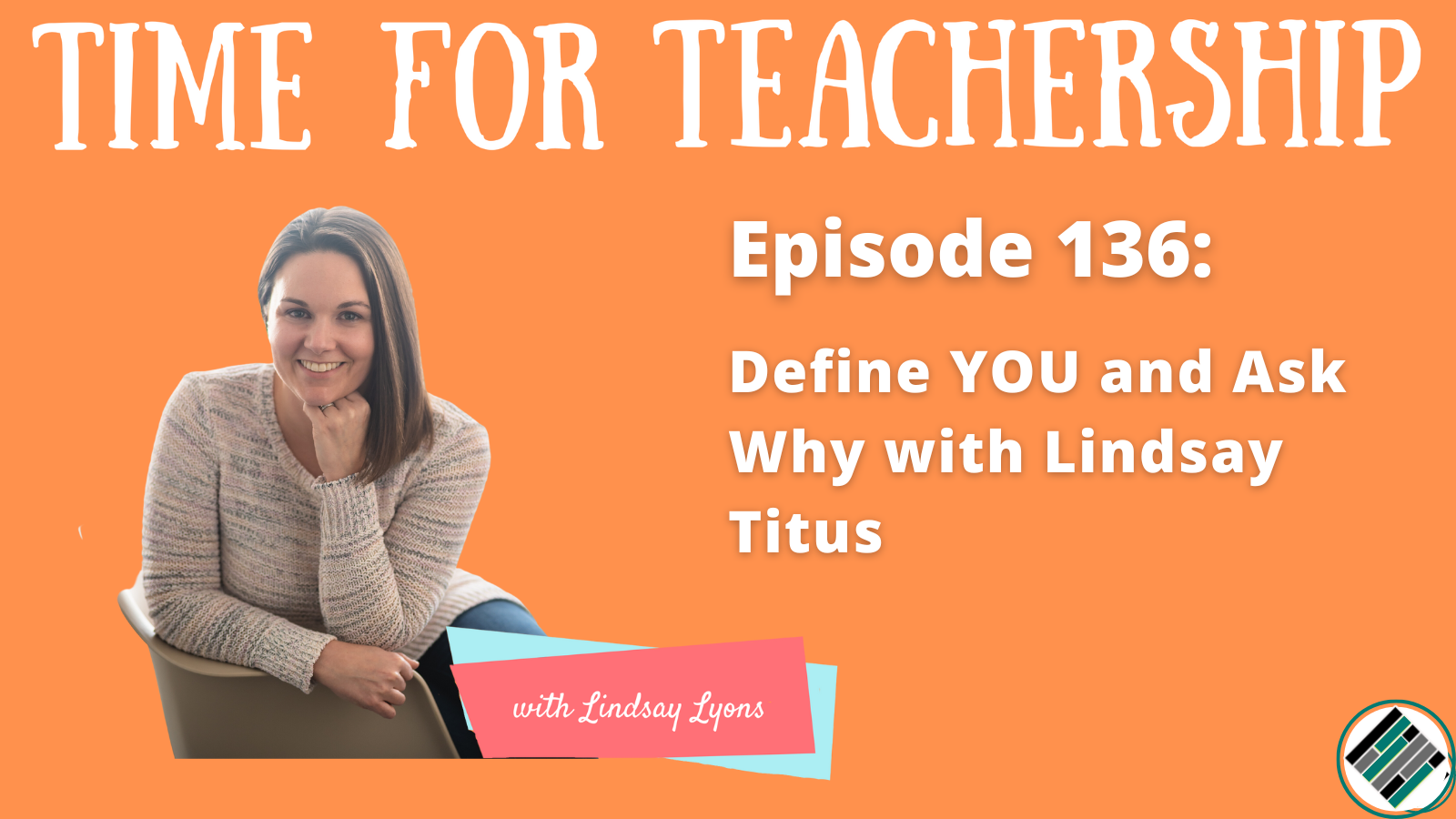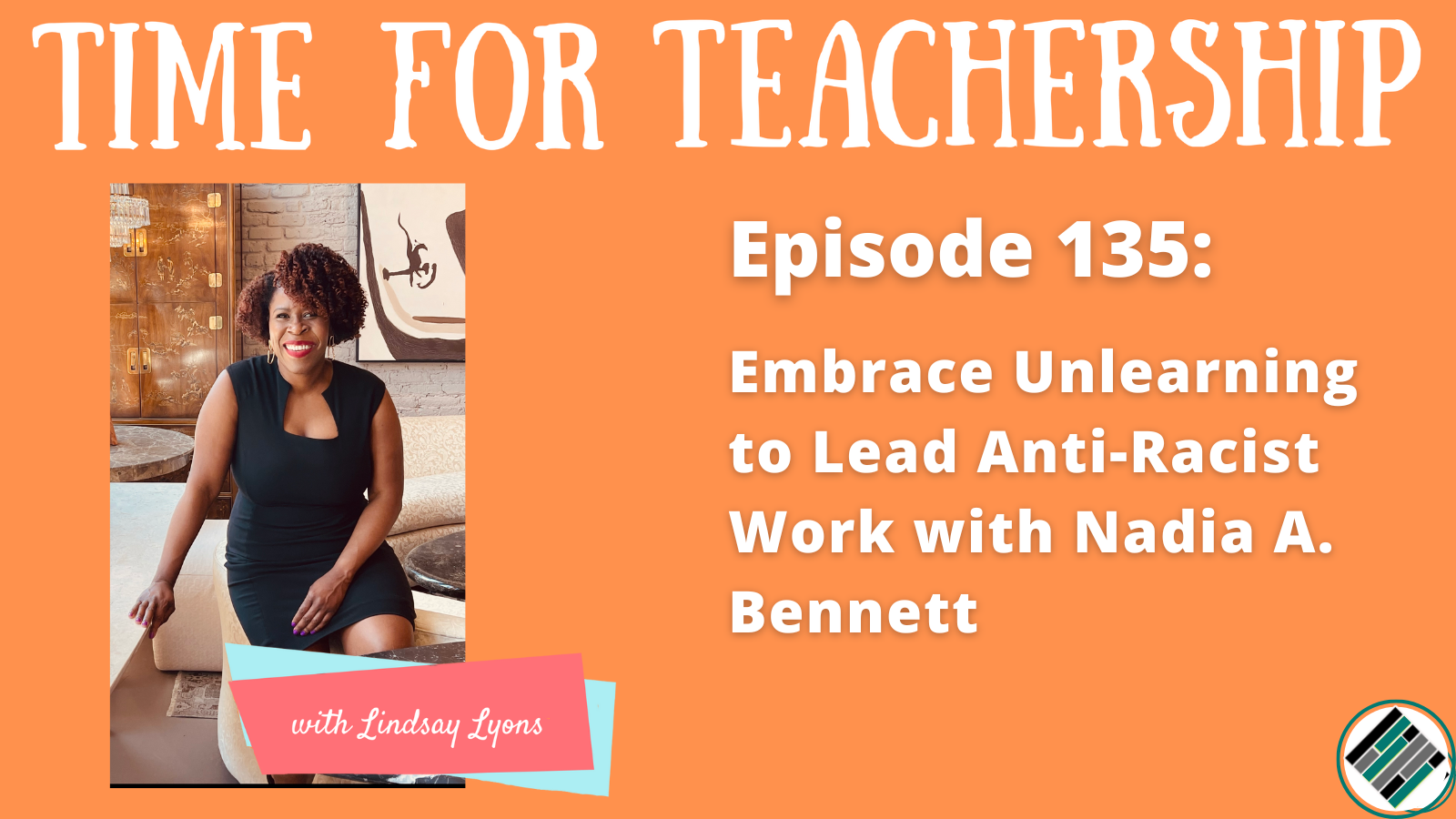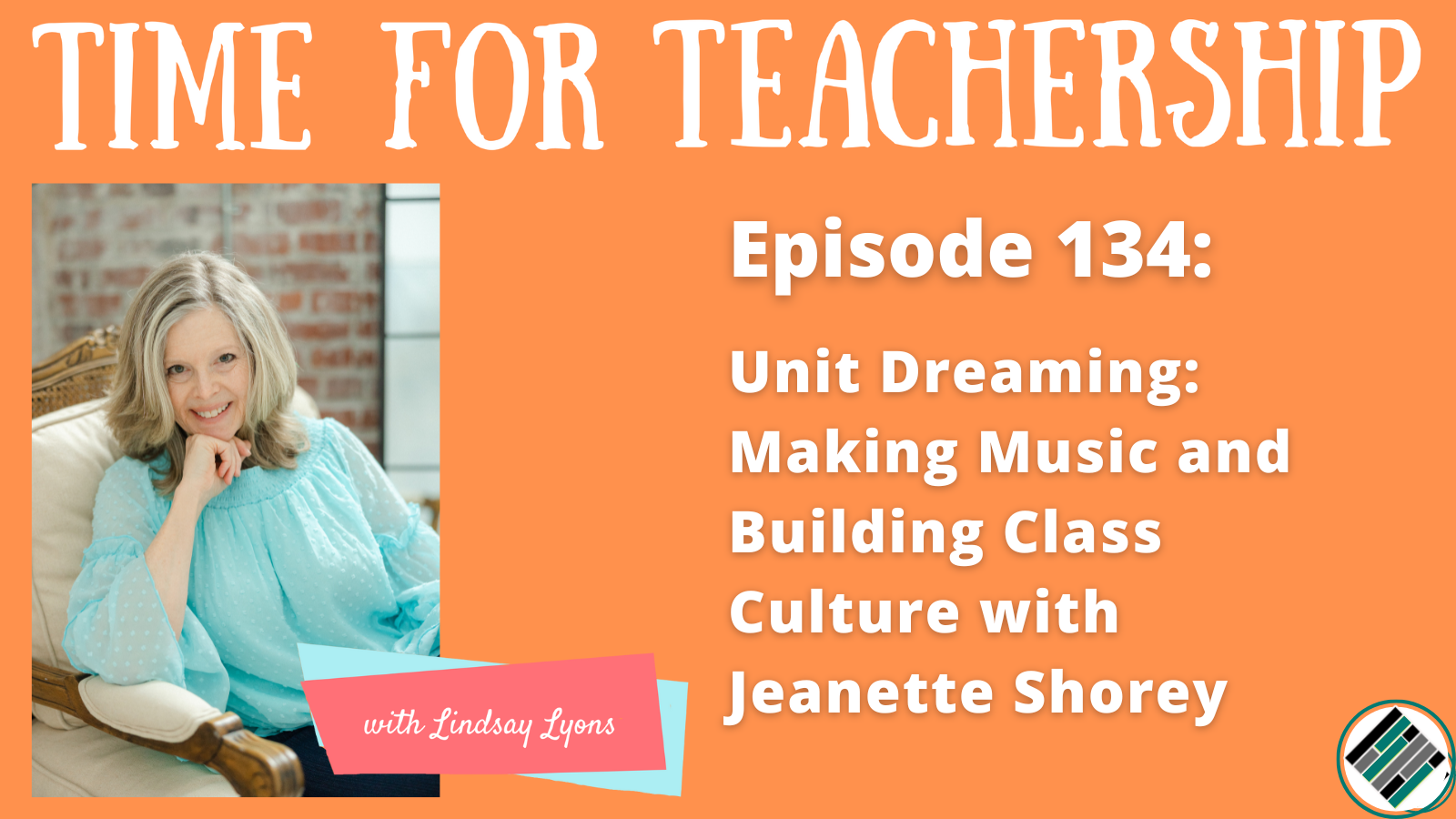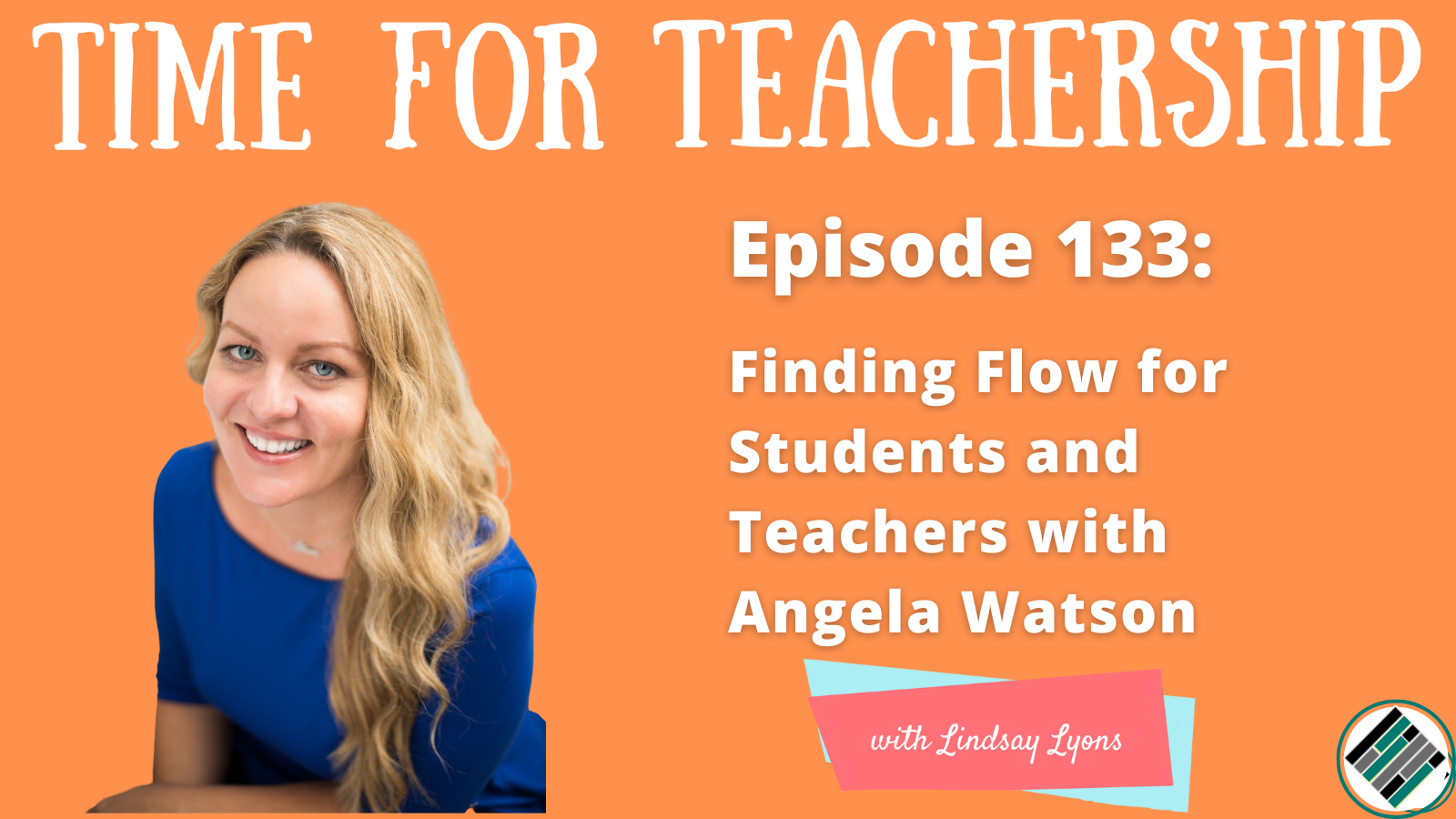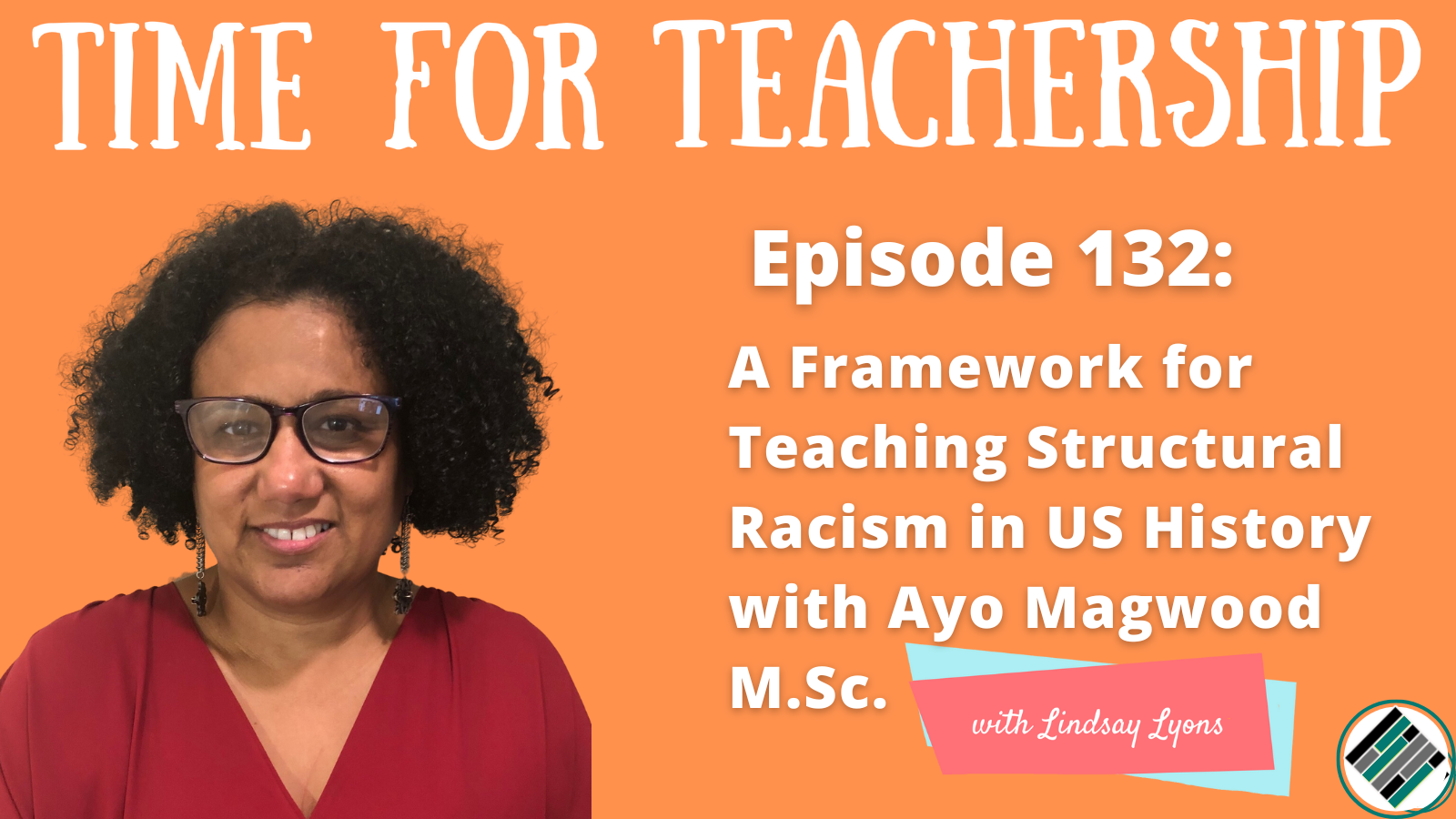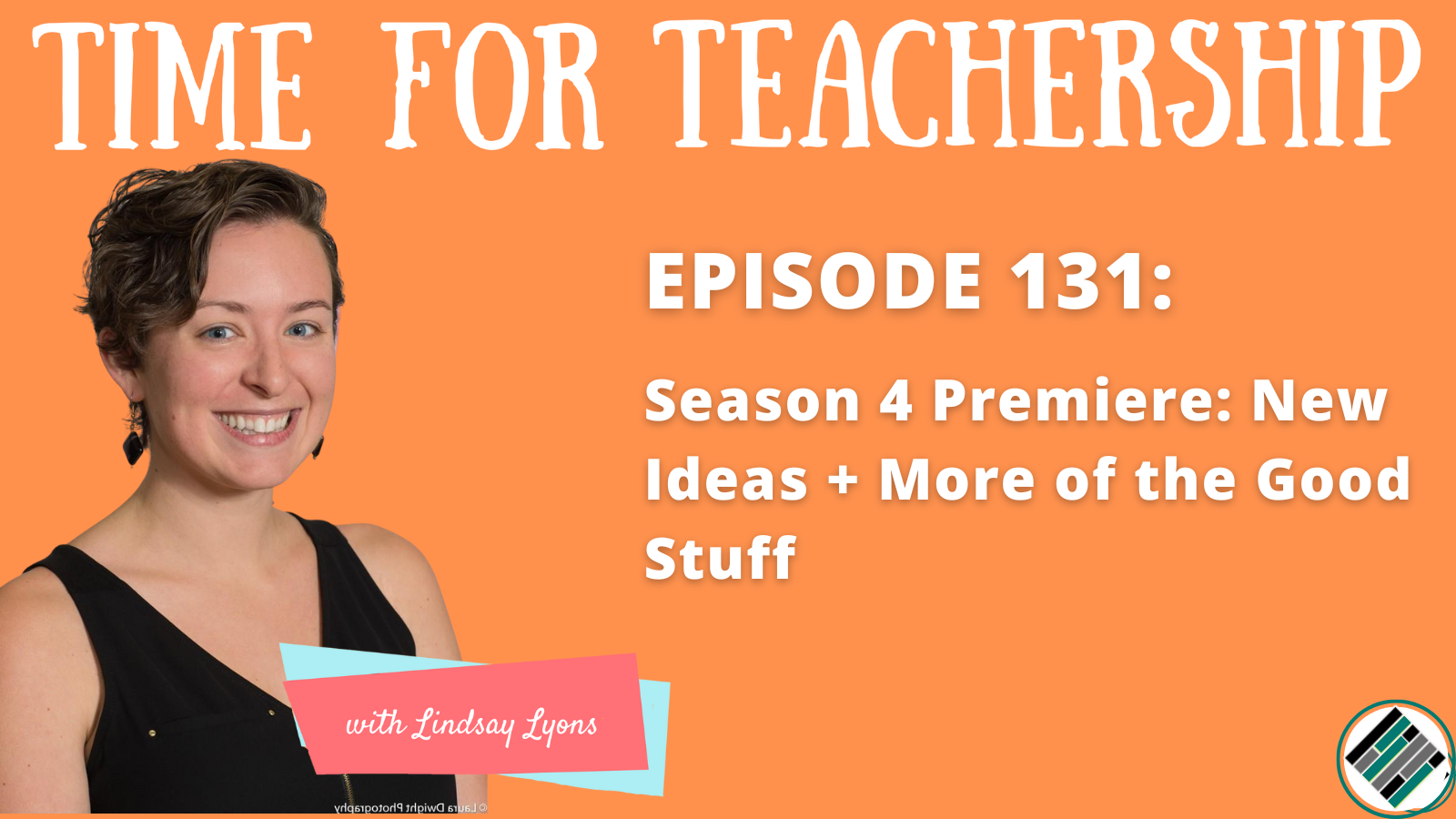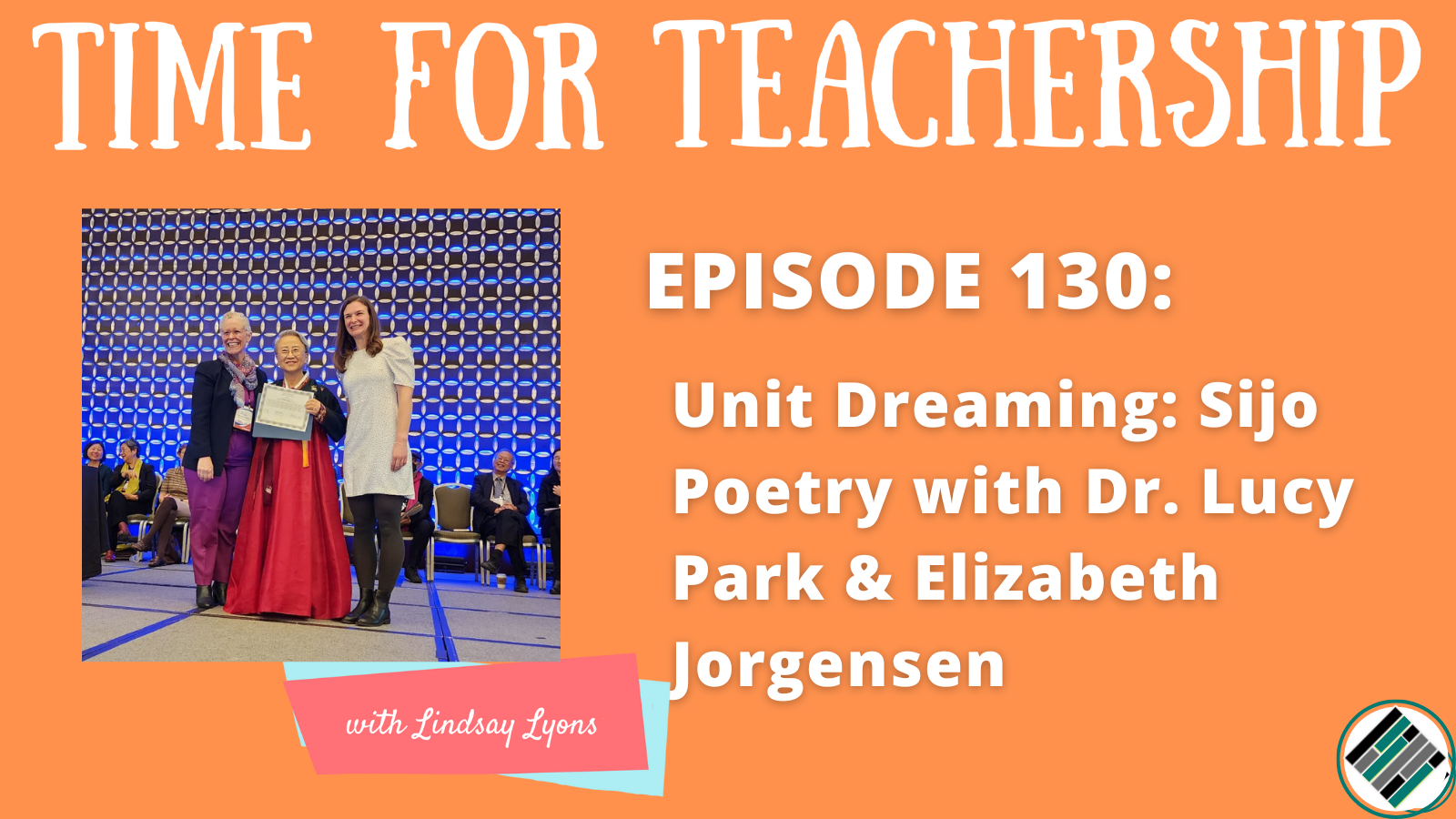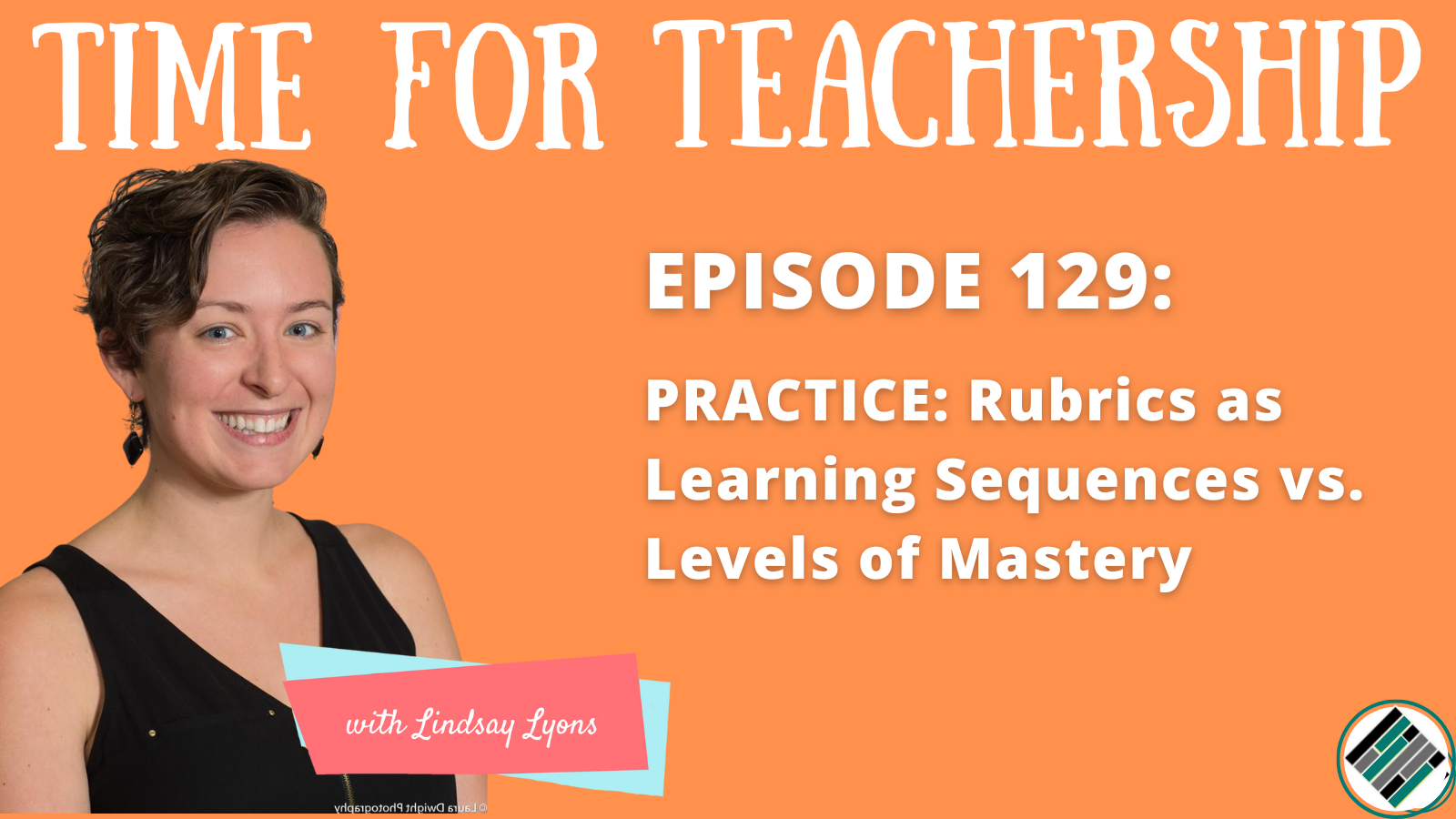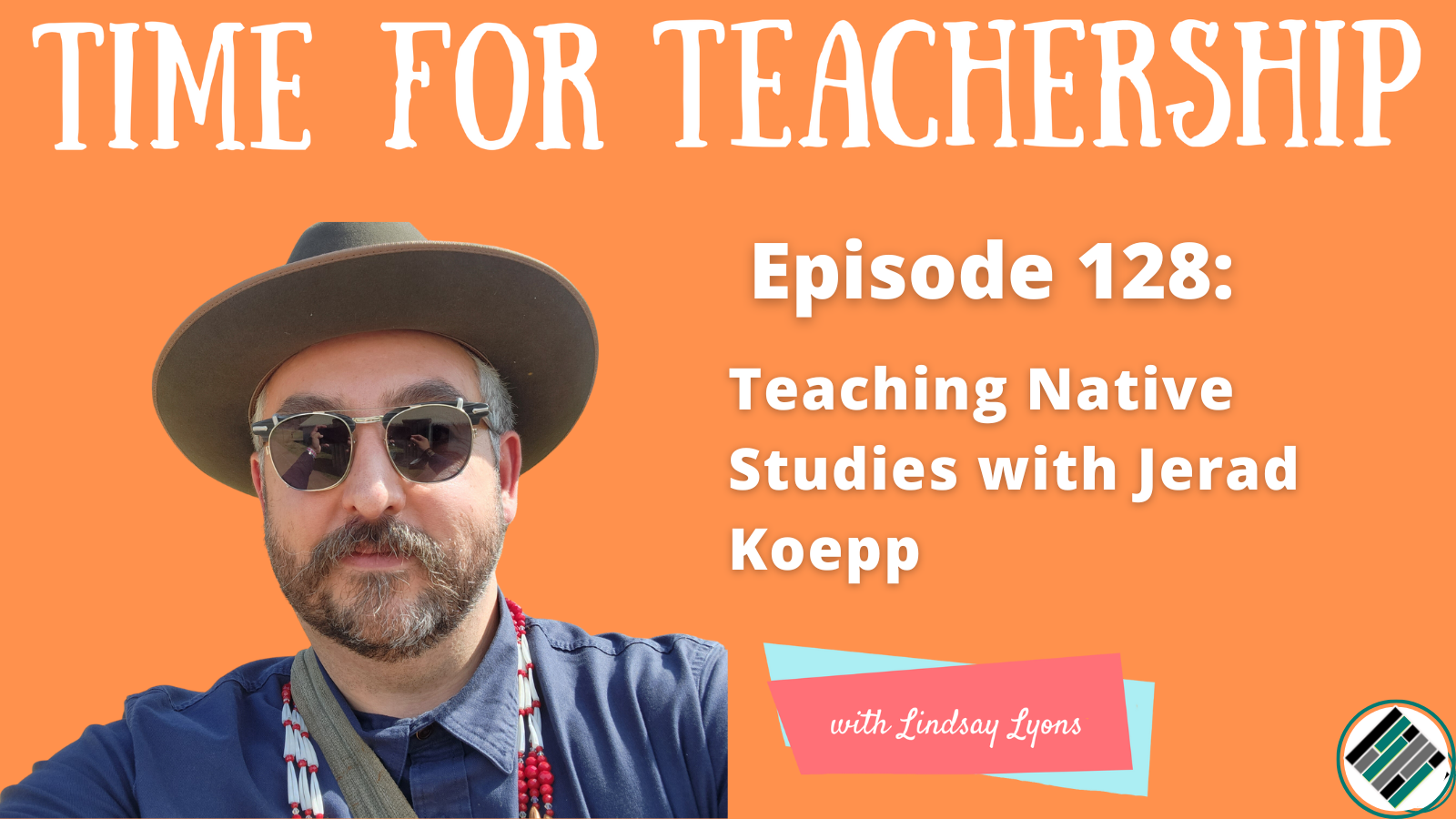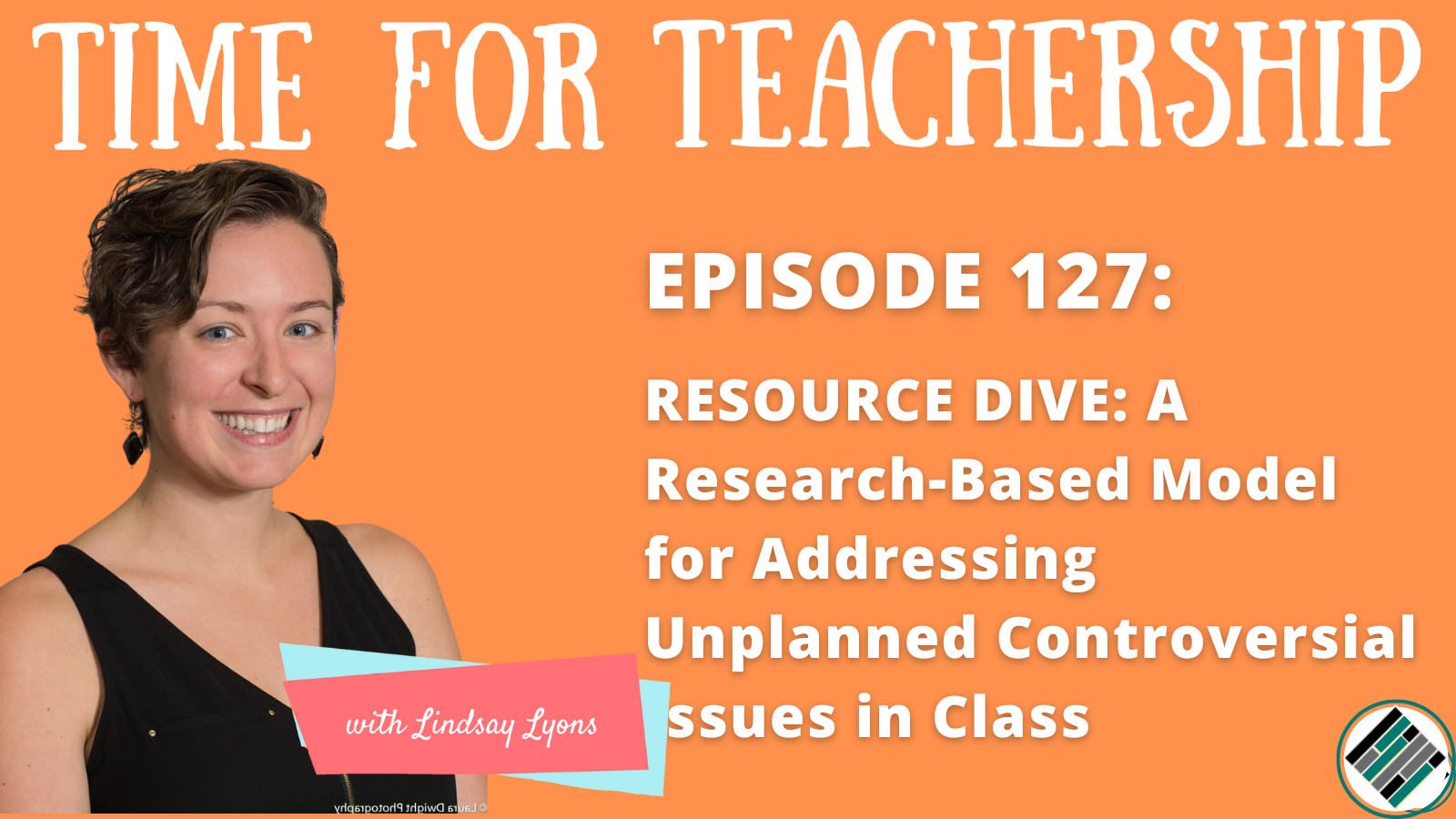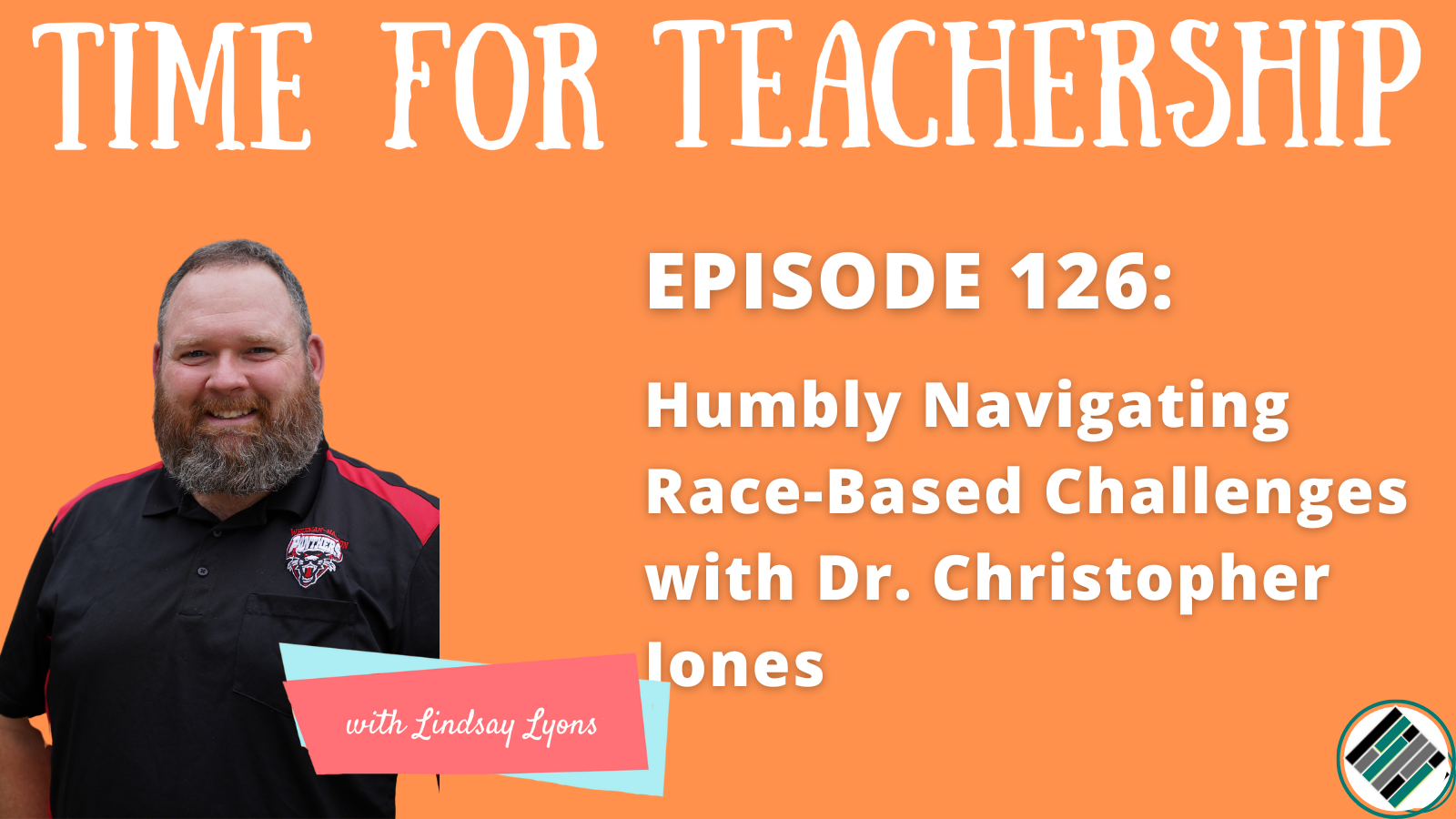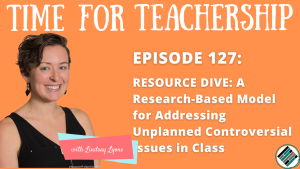
I listened to Charlot Cassar talk about the model in his co-authored, open access journal article, “Why teachers address unplanned controversial issues in the classroom” on the Visions of Education podcast. Then, I immediately read the paper. Now, I’m sharing the highlights with you!
Why?
Locally and globally, there are always things happening that impact our students. Often, in highly emotional ways. This plus our school and larger cultural contexts can make it challenging to determine when to address an unplanned issue that arises in class.
Teachers in Cassar, Oosterheert, & Meijer’s (2023) study described three types of “controversies”:
- Mainstream controversies (e.g., economy, laws re: immigration, health care)
- Teacher-initiated controversies (i.e., teacher responds to student’s offensive comment)
- Controversial pedagogy (i.e., teacher reflects on their own behavior in class)
These situations happen all of the time. Some teachers (like the teachers invited to participate in this study) are more likely to choose to address these issues in class. Others are not. Importantly, the study noted that how teachers addressed a situation impacted their self-esteem and self-efficacy as a teacher.
For leaders who are wary about telling teachers exactly what to address, this study’s model presents an opportunity to invite teachers to reflect on their reasons for choosing to address a specific issue or not.
What’s in the model to understand teachers’ justifications for addressing unplanned controversial issues in the classroom?
- Immediacy
- Past experiences
- Future orientations
Also…
- Emotions
- Personal beliefs
- Professional beliefs
- Task perception
- Context
Note: You can see the visual model (Figure 1) on p. 13 of the journal article.
How can educators use this model in practice?
After an event that impacts students in your school or district, invite teachers to use this model to think through each of the elements to explain why they chose to address it in the moment or not. (You could do this as a whole staff following a large event that impacted the whole community or use this in an individual coaching conversation with one teacher for an event that only impacted that class.)
Here are some questions that teachers may want to consider in relation to the model:
- Was there a pedagogical potential in addressing it right away? (Immediacy)
- Did I need to address it before students could engage with the planned lesson? (Immediacy)
- What past experiences (with this topic or as a student) informed my decision? (Past experiences)
- Who do I want to be as a teacher? How did this impact my decision? (Future orientations)
- Who do I want my students to be? What do I want them to be able to do in the world? How did those desires impact my decision? (Future orientations)
- Did I see a connection to my subject area? (Task perception)
- Do I believe teachers should go beyond the syllabus or stick to it? (Task perception)
- How did I think talking about it would impact my students’ well-being and perceptions of safety in my classroom? (Task perception)
Once teachers have reflected individually, you may want to pick a specific question to discuss as a whole staff or in teams. For example: Do we (as a staff) believe teachers should go beyond the syllabus or stick to it? I recommend using a discussion protocol for this.
Moving forward, encourage teachers to consider this model as a reflective tool after an incident in class or in the moment as a decision-making tool. For the latter, I would recommend selecting ONE element or question from the list above that a teacher wants to ask themselves in the moment. Considering multiple elements in the moment would take too long.
To help you create the space for these kinds of conversations with staff, I’m sharing my sequence of Staff Meeting Agendas with you for free. And, if you’re looking for more details on the ideas in this blog post, listen to episode 127 of the Time for Teachership podcast. If you’re unable to listen or you prefer to read the full episode, you can find the transcript here.

